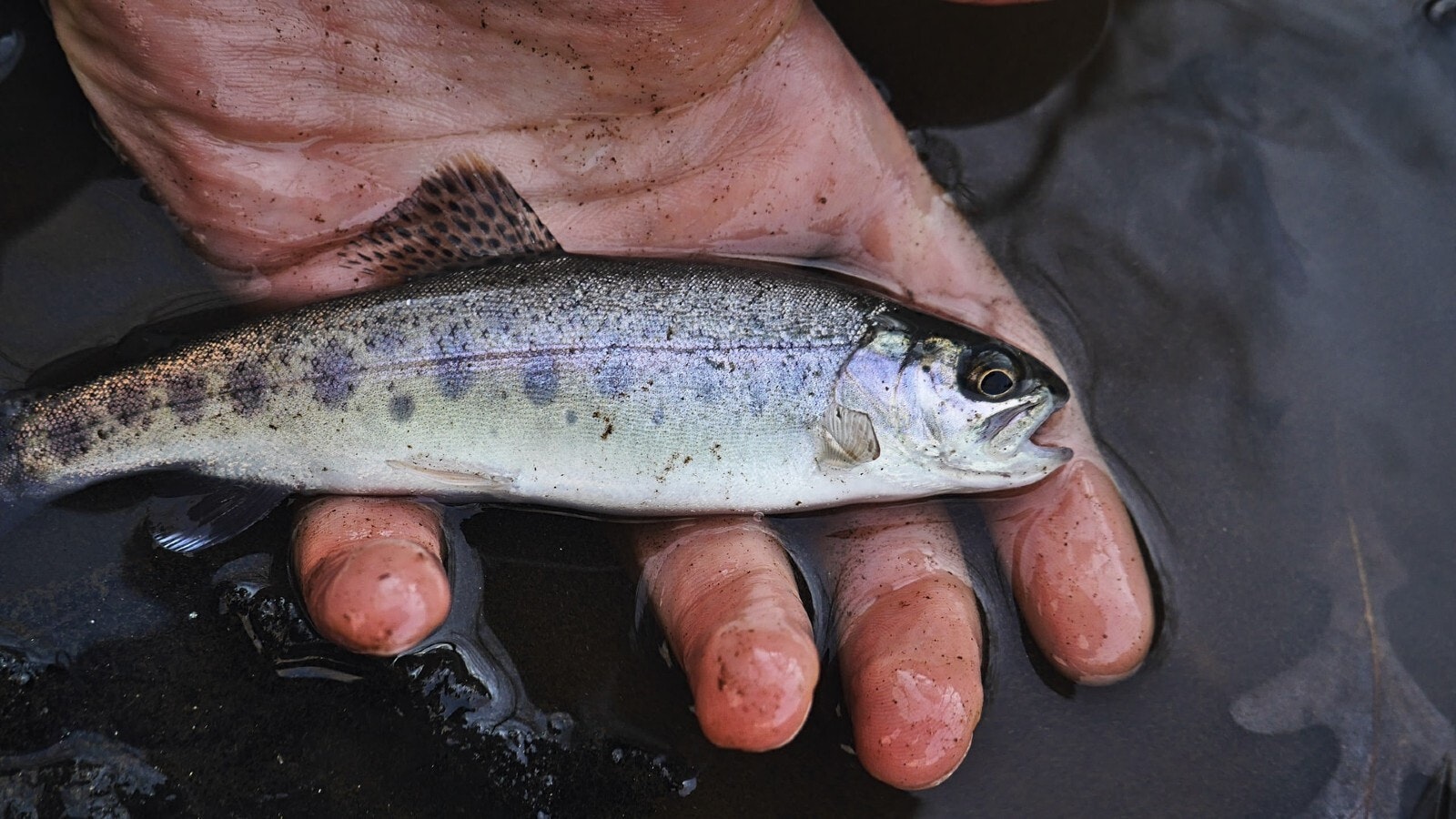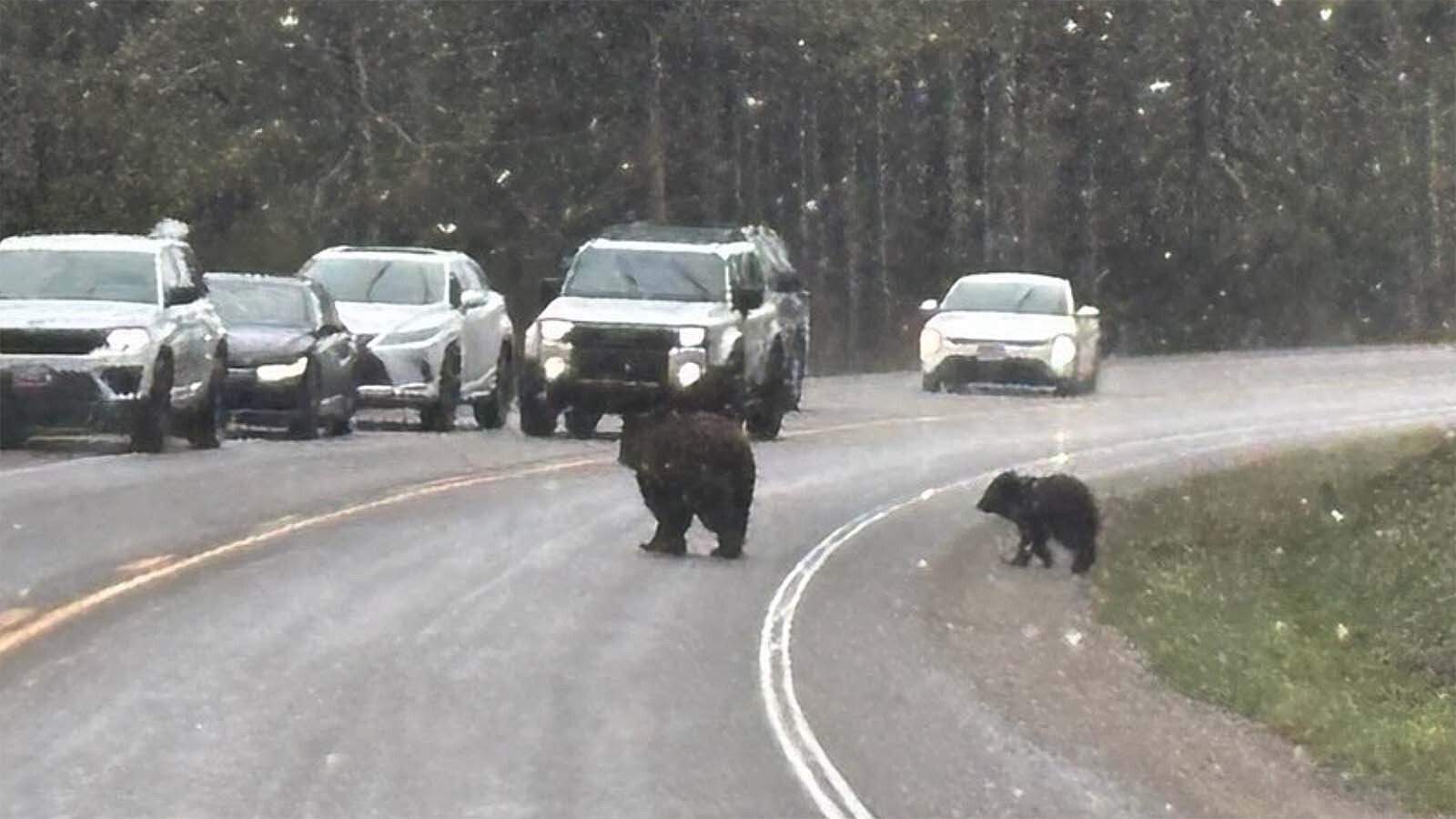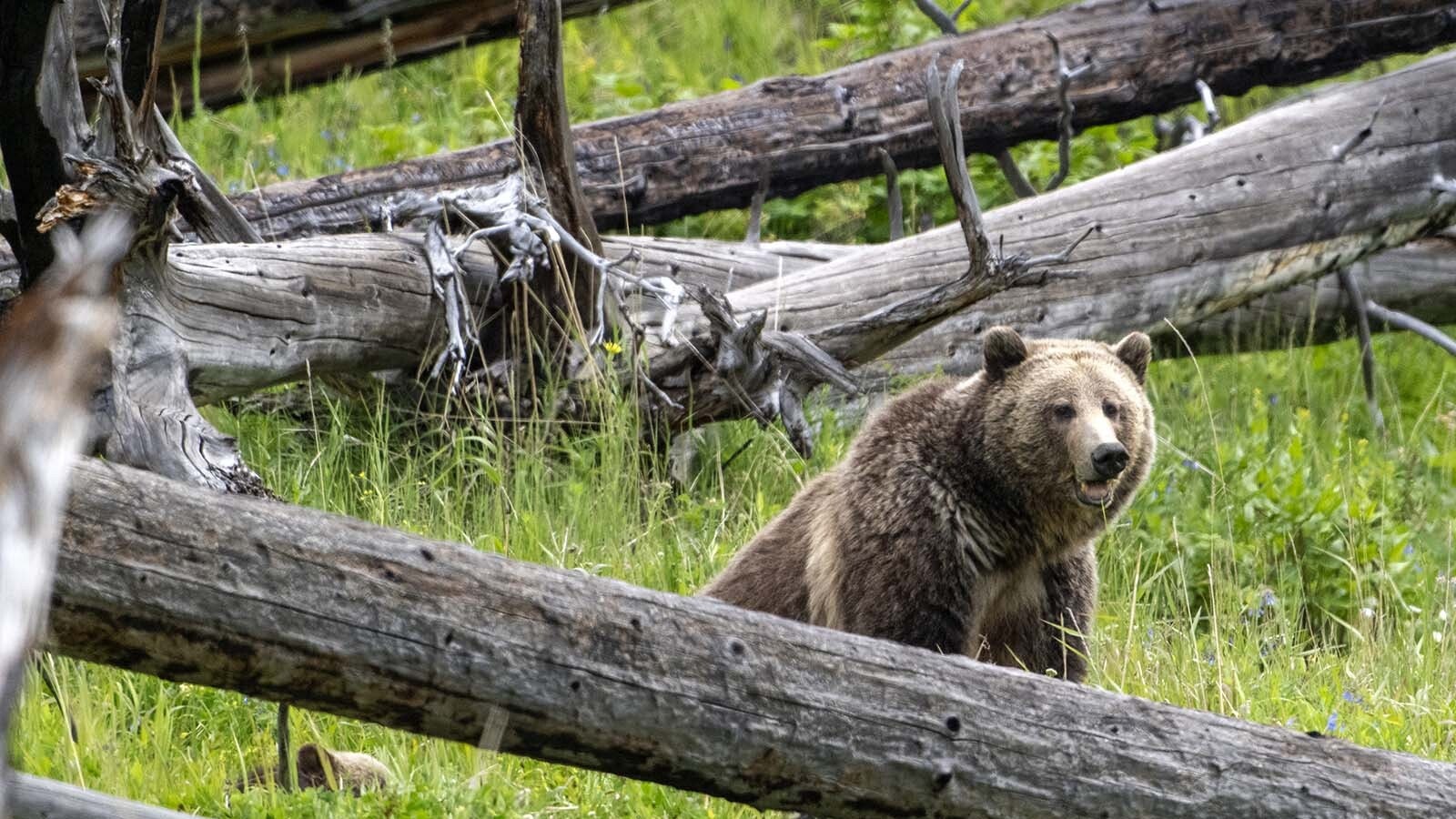From Aug. 17 to 23, portions of the upper Gibbon River drainage in central Yellowstone National Park will be closed to allow park staff to poison nonnative fish in the area, according to a news release from the National Park Service.
The closures are necessary for park staff to continue work on a project to eliminate the nonnative fish. Biologists will remove nonnative rainbow trout and brook trout using the fish toxin rotenone.
The toxin is a naturally-occurring chemical compound derived from the roots of tropical plants. Below the treatment area, biologists will add potassium permanganate to the water to remove the effects of the toxin and prevent impacts to downstream waters.
This is the final treatment to remove nonnative fish from this section of the river. The reintroduction of the native Arctic grayling and westslope cuttroat trout will continue as needed to restore these species.
The historic stocking of nonnative fish nearly eliminated the native species from Yellowstone. In recent years, the park has restored the native species to the East Fork of Specimen Creek, Goose Lake and Grayling Creek.
Virginia Cascades Drive and Wolf Lake Trail to Little Gibbons Falls will be closed for the week, but if the project is completed early, closures will be lifted. Campsites in the area will remain open.





